How to get the VATS Pellet Number on your Key
General Motors introduced the Vehicle Anti-Theft System (VATS) in the 1986 on the Corvette. The last vehicle to use the technology was the 2005 Buick Century. The black VATS pellet visible in the middle of the blade of the key is the part you need to measure. To do this yourself you need to grab your Multimeter, we prefer ones with a digital readout for easier reads.
- Turn the dial to the Ohms section in the 2K setting.
- Grab the black and red probes and make contact with each side of the black VATS pellet. (It takes a bit of maneuvering but you can do it!)
- Record the reading the multimeter reads and write it down.
- Compare your reading to this chart to learn your VATS pellet number!
- Sunpro Digital Multimeter
- Set your multimeter to ‘2K’ in the OHMS section as shown.
- Rest the metal part of the VATS pellet on the negative probe as shown.
- Using the positive probe make contact of the other side of the pellet as shown while maintaining contact with the negative probe on the other side. According to our chart this is a VATS #6!
If you lose your last key in the future, you will save your hard-earned cash by having this number! To save the most money possible, you should also get the key code to your key as well. The key code tells your locksmith (us!) how to cut your key. If you lose your last key and have both your key code and your VATS pellet number you can get a fresh code cut key that will start your car for WAY less than if you didn’t! More importantly knowing this info will save you LOTS of your time that you will never get back!
You can also buy your key code and VATS value from your local dealer for a hefty price. If you go this route, they sometimes supply the VATS pellet value in a 2 letter coding system. The chart below also includes these codes and what they mean.
VATS Pellet Conversion Chart
If you don’t know your key code, bring it into our shop. We can decode the cuts on your key and write down the code for you. Also we can get you your VATS pellet number in a few seconds too using our VATS reader! If you don’t have this number we can interrogate your car to find it. Over all there are 15 different resistance values on the single sided VATS keys and 14 on the double-sided keys.
- The quick and easy way to read a VATS Pellet
- We insert the key into the ignition shaped slot.
- The machine tests the resistance of the key and tells us the number.
- This is how we read the double sided keys!


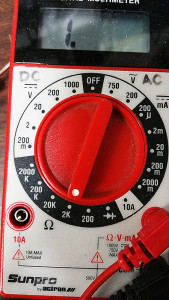
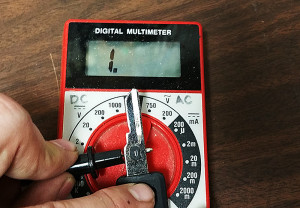
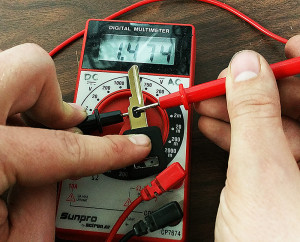
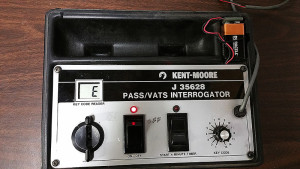
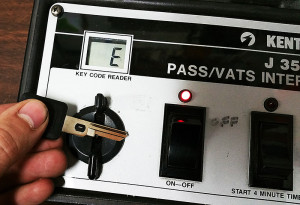
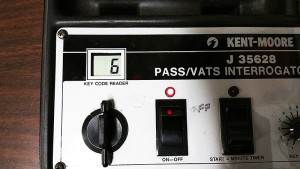
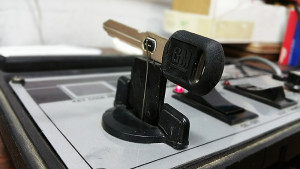
No comments yet.